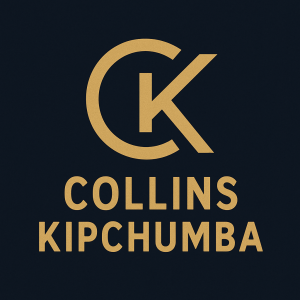This course provides a comprehensive introduction to the fundamental principles of economics, split into two major branches: Microeconomics and Macroeconomics. The goal is to equip students with the analytical tools to understand how individuals, businesses, and governments make decisions in the face of scarcity.
Part 1: Microeconomics
This section focuses on the behavior of individual economic agents.
* Introduction to Scarcity and Choice:
* Scarcity: The fundamental economic problem where resources are limited but wants are unlimited.
* Opportunity Cost: The value of the next best alternative that is forgone when a choice is made.
* Production Possibilities Frontier (PPF): A model illustrating trade-offs and efficiency.
* Supply and Demand:
* Demand: The relationship between the price of a good and the quantity consumers are willing and able to buy.
* Supply: The relationship between the price of a good and the quantity producers are willing and able to sell.
* Market Equilibrium: The point where the quantity demanded equals the quantity supplied.
* Market Interventions: The effects of price ceilings, price floors, and taxes.
* Elasticity:
* Price Elasticity of Demand/Supply: Measures the responsiveness of quantity demanded/supplied to changes in price.
* Income and Cross-price Elasticity: Measures the responsiveness to changes in income and the price of related goods.
* Consumer Theory:
* Utility and Marginal Utility: Explains how consumers make choices to maximize satisfaction.
* Indifference Curves and Budget Constraints: A graphical representation of consumer choice.
* Producer Theory (Firms and Production):
* Production Costs: Analysis of fixed, variable, total, average, and marginal costs.
* Market Structures:
* Perfect Competition: Many buyers and sellers, identical products.
* Monopoly: A single seller dominates the market.
* Monopolistic Competition: Many firms, but with differentiated products.
* Oligopoly: A few large firms dominate the market, often leading to strategic interaction (e.g., Game Theory).
* Market Failures and Government Intervention:
* Externalities: Positive and negative side effects of production or consumption (e.g., pollution).
* Public Goods: Goods that are non-excludable and non-rivalrous (e.g., national defense).
- Teacher: collins kipchumba
